When it comes to comfort and durability, the choice of foam for your cushions and seating projects plays a crucial role. Whether you’re replacing old sofa cushions, crafting a new DIY chair project, or enhancing your home’s seating areas, selecting the right foam enhances quality and usability.
This guide will walk you through everything you need to know to make an informed decision.
A Cozy Corner, Enhanced - This foam has made my window seat even cozier. It's the perfect place to relax and unwind. - Amelia H
How to Choose Cushion Foam
Choosing the right cushion foam involves several factors.
The two main considerations are comfort and durability. Foam density and firmness ratings are essential when deciding which foam to use. High-density foam offers excellent support and longevity, making it a go-to option for frequently used furniture. On the other hand, softer, lower-density foams may work better for decorative or occasional-use seating.
Ask yourself what the foam will be used for.
A dining chair requires a very different type of foam than a plush sofa. Understanding the purpose will help you determine the balance between firmness and comfort needed for your project.
Upholstery Foam Types Explained
When it comes to upholstery foam, there’s no one-size-fits-all solution. Here’s a quick overview of the most common types to help you decide:
High-Density Foam Options
High-density foam is durable and supportive, perfect for frequently used seats. It resists sagging over time and is ideal for sofa cushions, dining chairs, and other high-traffic furniture.
Memory Foam Cushion Guide
If you desire added comfort, memory foam might be the right choice. This foam conforms to your body and provides excellent support, making it ideal for chairs or decorative cushions where relaxation is key.
However, it’s pricier and may not be the best option for those on a tight budget.
By understanding these foam types, you can better match their characteristics to your project’s requirements.
A Game-Changer for My Seat - I was tired of uncomfortable seating, but this custom foam has completely transformed my seat. It's the perfect density and shape, and it's made a huge difference in my comfort. A great product and a great service. - Tilly R
See also our full range of Upholstery Supplies
Soft Foam vs. Firm Foam for Seats
Should you choose soft foam or firm foam?
It depends on the level of comfort and structure you’re looking for. Soft foam is great for decorative cushions or areas where you want a plush, sink-in feel.
However, it may break down quicker with consistent use. Firm foam, on the other hand, offers better support and durability, making it better for chairs and sofas that get daily use.
For instance, lounge chairs often benefit from a softer foam, while dining chairs require a firmer option to provide proper back and seat support during use.
Foam Thickness for Chair Cushions
Foam thickness can make or break the comfort of your project.
Most chair cushions use foam that’s 1 to 3 inches thick, but thick foam doesn’t always mean better comfort. Too much foam can make the chair feel bulky, while too little can make it uncomfortable.
Balance is key.
A 2-inch-thick foam is often ideal for dining chair cushions, while deeper seating may benefit from a thicker, 4-inch foam to provide ample support.
See also Replacement Seat Pads Made Easy by We Cust Foam
Sofa Cushion Foam Replacement Tips
Replacing sofa cushions can breathe new life into an old couch. Here’s how to do it:
- Measure Your Cushions: Accuracy is vital. Measure both the length, width, and depth of your current cushions.
- Choose the Best Foam for Seating: Select high-density foam for a balance of longevity and comfort. Memory foam can also be added as a topper for additional softness.
- Cut to Size: That's what we do! We Cut Foam so get in touch!
- Insert and Test: Insert the new foam into the cushion covers and test the seating. Adjust as needed.
Following these steps ensures your sofa feels as good as new, with sturdy and comfortable seating.
See also our Sofa Cushion Refilling Service
Durable Foam for DIY Projects
For those who love tackling DIY projects, choosing durable foam is essential. For example, outdoor seating requires water-resistant and mould-resistant foam, such as closed-cell foam. Indoor projects, like accent chairs or window seats, benefit from high-density foam that will withstand frequent use.
Always match the foam’s durability to the nature of your project to ensure long-lasting results.
A Luxurious Upgrade - This foam has transformed my window seat into a luxurious retreat. It's soft, supportive, and incredibly comfortable. - Benjamin D
Foam for Home Improvement Projects
Foam isn’t just for sofas and chairs, it can elevate various home improvement projects. Constructing a comfortable bench seat for your hallway? Foam plays a pivotal role. Or building a cozy window seat? It’s all about finding foam that balances comfort and aesthetics.
These simple updates can enhance your home’s functionality while adding a touch of style.
See also When To Replace Your Sofa Cushions
Final Tips on Selecting the Best Foam for Seating
Here are a few key takeaways for ensuring your seating project is a success:
- Match foam type to how the furniture will be used. A dining chair needs sturdier foam, while a lounge chair can be softer.
- Keep durability in mind for items that will see heavy use.
- Balance personal preference for firmness and thickness with practical considerations like foam density.
- Don’t skimp, investing in the right foam will save you time and money in the long run by avoiding premature replacement.
See also Upholstery Foam – Cut to Size
(Images Courtesy of Max Vakhtbovycn Pexels)


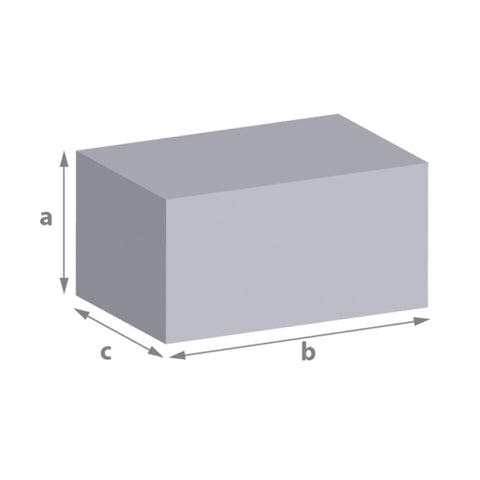
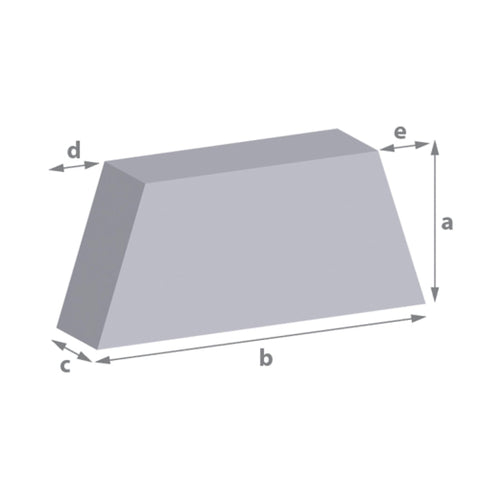
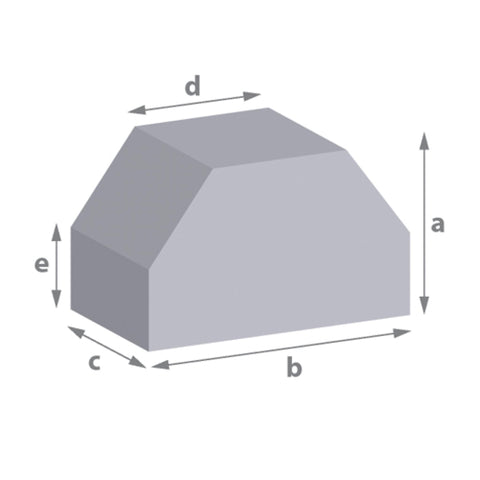
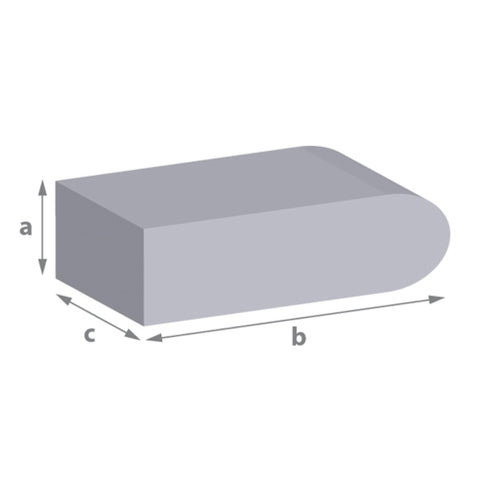
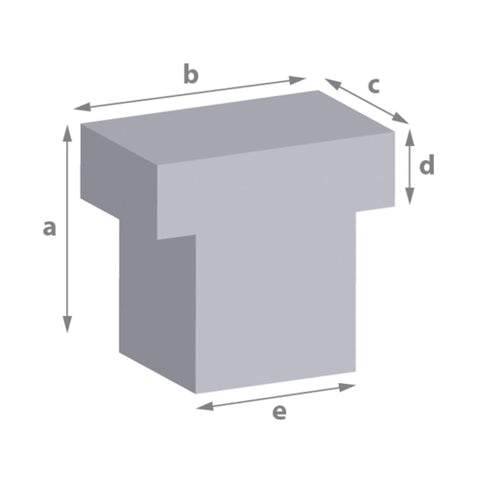
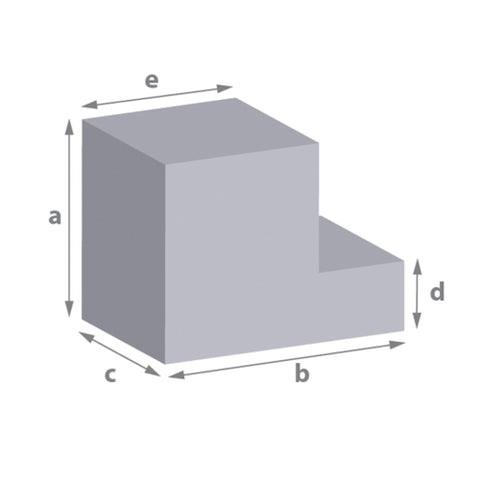
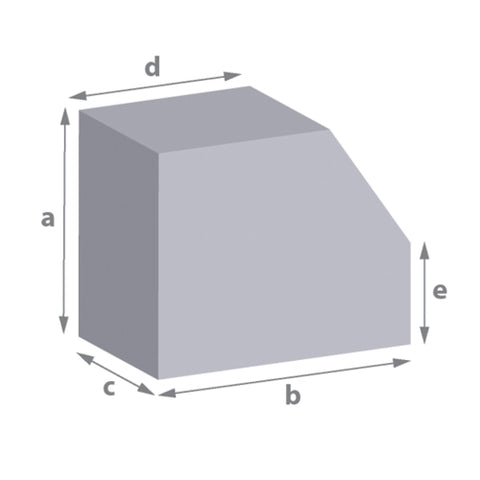
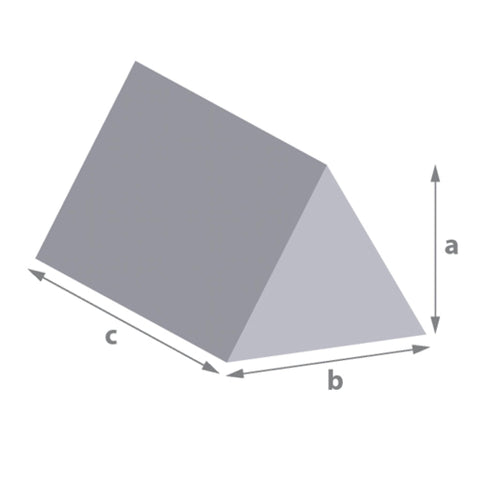
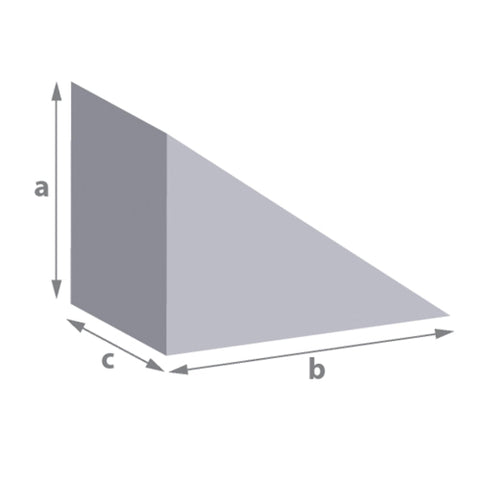
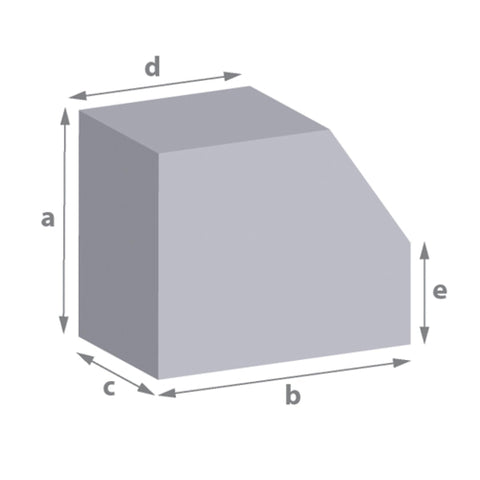
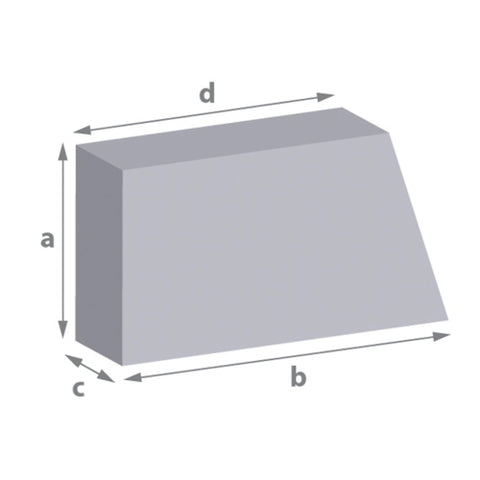
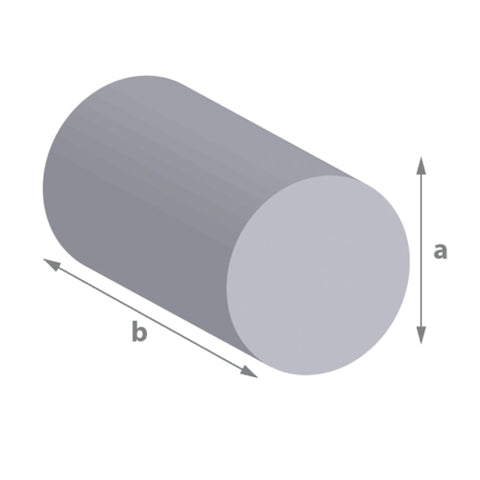
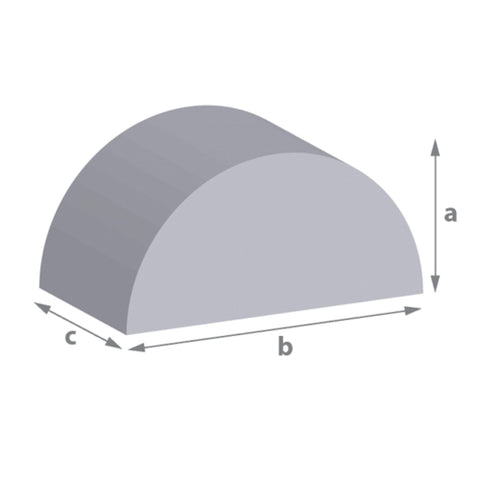
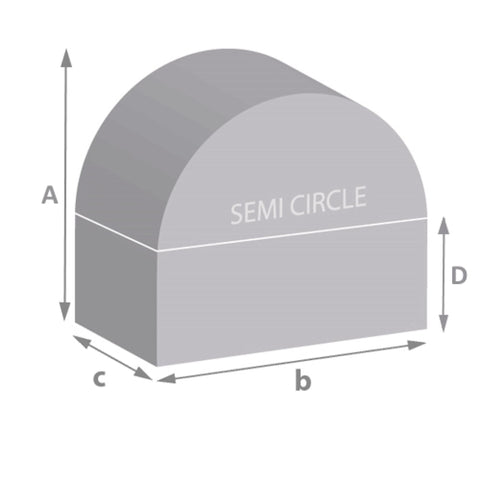
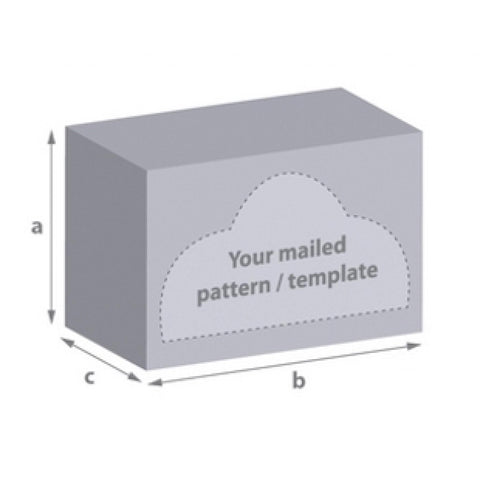

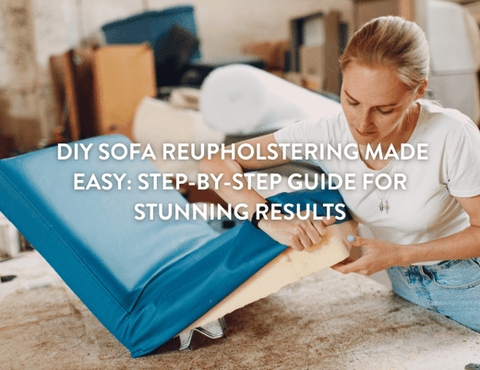
Comments (0)
There are no comments for this article. Be the first one to leave a message!